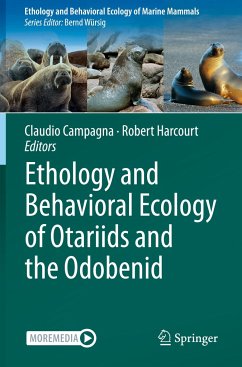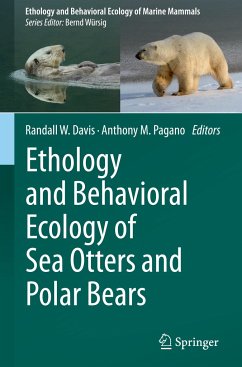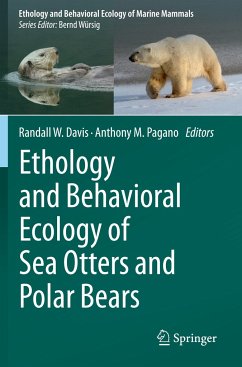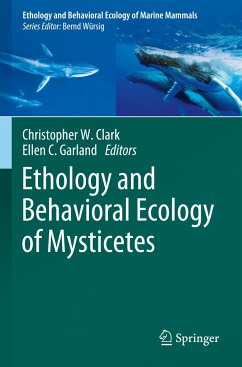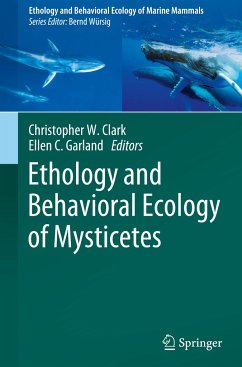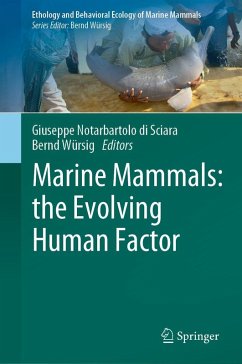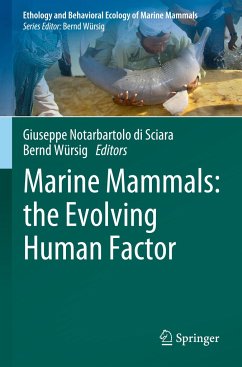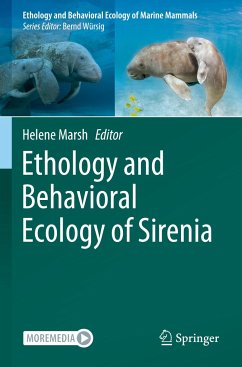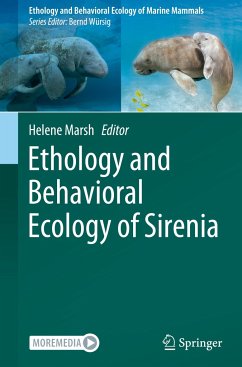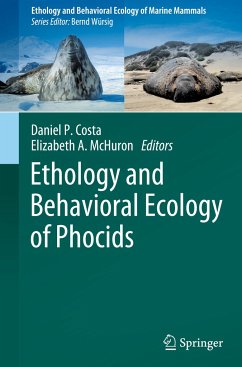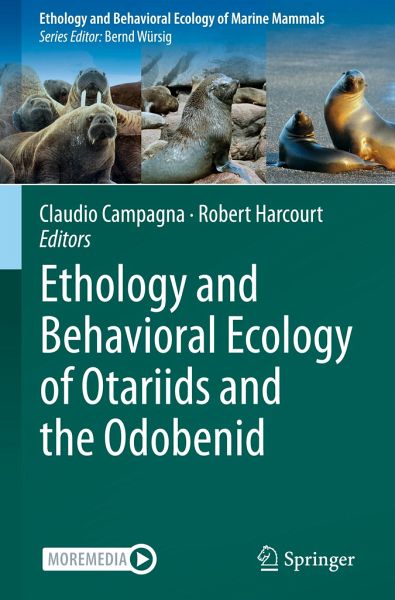
Ethology and Behavioral Ecology of Otariids and the Odobenid

PAYBACK Punkte
65 °P sammeln!
This book is focused on the marine mammalian groups the Otariidae and the Odobenidae, otherwise known as fur seals, sea lions and the walrus. In 30 chapters, more than 60 authors from 30 institutions and 13 nationalities, discuss a broad suite of topics from maternal care and mating behavior, through play, cognition and personality, to adaptation to life in the Anthropocene. The authors explore the behaviors that have allowed these semi-aquatic mammals to thrive in the marine realm. Many populations have recovered following historical decimation, with interesting evolutionary consequences whic...
This book is focused on the marine mammalian groups the Otariidae and the Odobenidae, otherwise known as fur seals, sea lions and the walrus. In 30 chapters, more than 60 authors from 30 institutions and 13 nationalities, discuss a broad suite of topics from maternal care and mating behavior, through play, cognition and personality, to adaptation to life in the Anthropocene. The authors explore the behaviors that have allowed these semi-aquatic mammals to thrive in the marine realm. Many populations have recovered following historical decimation, with interesting evolutionary consequences which are explored. Detailed, selected, individual species descriptions are also provided, showcasing the behavioral diversity of this engaging, adaptive and highly successful group of marine mammals.



